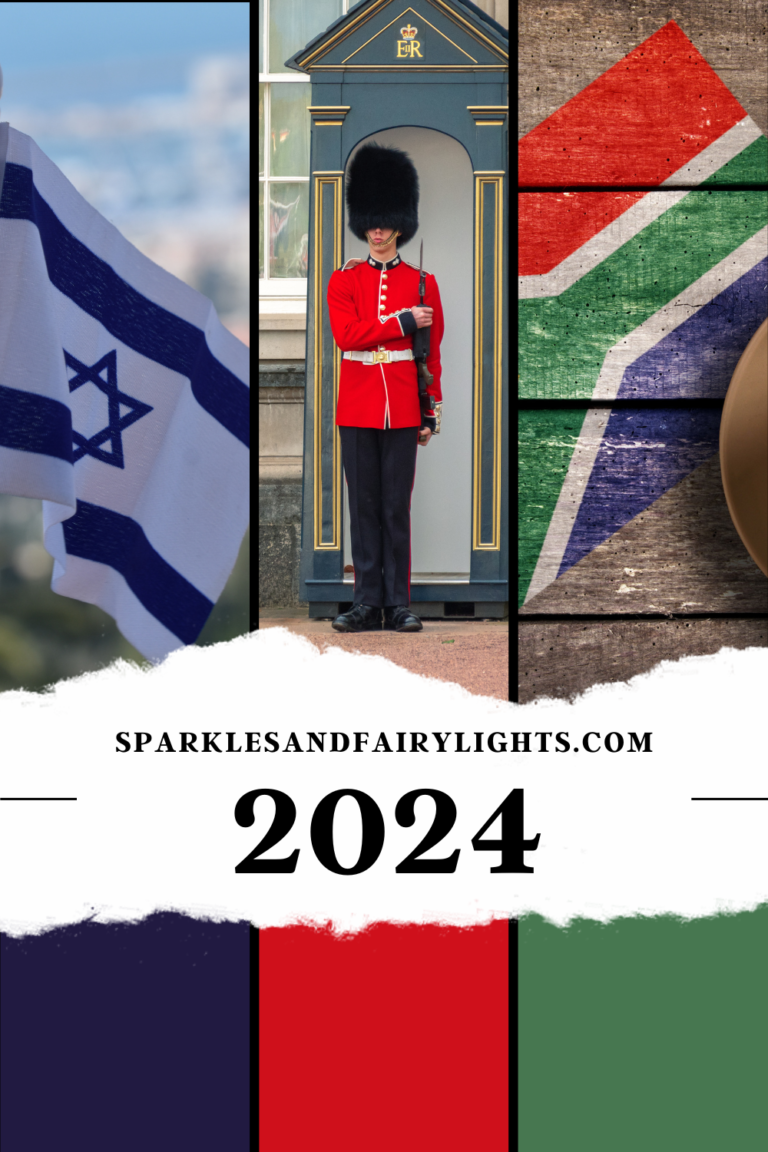Effective communication saying nothing at all

Reading the room
Are you good at “reading the room”? Is it even important for the solopreneur or leaders and owners of small businesses? And what exactly does it mean? Well, in a nutshell, it means understanding the subtle, non-verbal cues emanating from your audience or group of people you are interacting with.
That is how you know that your colleague’s compliment is insincere because she has a fake smile plastered all over her face. Or why you end up wondering about the state of the office when your client that tells you he is satisfied with the team’s performance while the scowl on his face that convinces you otherwise. It is the ability to read and understand the non-verbal cues that sets you apart from the rest as it is estimated that only one in three is fluent in this. Yet, it is of cardinal importance.
“The #1 criteria for advancement and promotion for professionals is an ability to communicate effectively.”
Ralph G Nichols
The most skilled orators, communicators, leaders and those holding sway in an organisation are often well aware of the non-verbal communication cues and are able to adapt accordingly. It is why they are so successful. Cognisant of this fact, the importance of having the necessary savvy in order adapt your communication if need be or pivot completely is fundamental.
Emotional intelligence
This leads us straight to emotional quotient as alluded to earlier and emotional intelligence. A basic definition by Oxford Dictionary describes emotional intelligence as “the capacity to be aware of, control, and express one’s emotions, and to handle interpersonal relationships judiciously and empathetically.”
Types of communication
There are four types of communication: verbal, non-verbal, written and visual. Non-verbal communication is firmly in the spotlight for the context of this piece and characterised by messages we send without words. The posture or facial expressions like smiles of approval or scowls that hint of disapproval mentioned earlier or eye contact and other gestures. One can easily be wrong about non-verbal cues, making verbal confirmation and conversation essential to avoid assumptions and biases which lead to more miscommunication. As you can hear, this could be a minefield.
I know from experience. How many times has my intuition not told me that something was off, my gut screamed at me that I had to be careful only to ignore it and kick myself later. Often, it has been because of a decision I took to override that gut sense in favour of so-called logic or incongruent verbal communication. I allowed gut feeling, intuition and my assessment of verbal cues to take a backseat. Truly, I find that it underscores the old adage, “Actions speak louder than words”.
Effective communication

Ironically, despite the fact that we have all kinds of tools to facilitate effective communication with each other over great geographical distances instantaneously, it is still bizarre to think about the Twitter wars or miscommunications causing arguments on various platforms. Never mind, the satellites and getting information to your screen in a jiffy, we also still seem to struggle to understand the person sitting right next to us. What is going wrong, despite the various avenues we have of communicating?
But first things first, before we even discuss efficacy, Communication Theory defines communication as follows: Communication is giving, receiving or exchanging ideas, information, signals or messages through appropriate media, enabling individuals or groups to persuade, to seek information, to give information or to express emotions.
While, Simplilearn, the world’s leading digital skills provider defined interpersonal communication as follows: Interpersonal communication involves the information, ideas, and feelings being exchanged verbally or non-verbally between two or more people. Face-to-face communication often involves hearing, seeing, and feeling body language, facial expressions, and gestures.
Without a doubt, we all understand that effective communication is essential and a huge factor in success, but what exactly does it entail? A very simplistic definition of what it means to be effective is being successful in producing a desired or intended result. In the context of communication, it would mean conveying the intended message to the correct recipient in a way that they understand as planned.
Non-verbal cues

When considering the use of non-verbal communication in order to communicate effectively, it would appear that all that is required sometimes is a simple adjustment to a tone of voice; perhaps, content of a speech needs to be adapted on the spot to facilitate a great event. Target audience expectations, for example, may be different to the actual audience in the case of a speech.
Sadly, every human being has had the displeasure of experiencing the misfire that is known as miscommunication. Every single one of us has had a run-in with bad communication and well aware that there are barriers to effective communication, ranging from inherent biases to noise, etc. This is when a confused look or request for clarity can save the day.
Oddly, this topic was sparked as I was listening to a Skip Heitzig sermon, where he mentioned that interpersonal communication is driven by non-verbal cues. According to him, 55 per cent of communication was constituted from information gleaned from facial expression and between 70- 90 per cent informed by body language in total.
He noted that more was, in fact, communicated by what we could see than what was actually said. I was intrigued. His perspective on it was that these cues had to be observed, and that a dark, poorly lit environment was not conducive to communicating well. In fact, it lent itself to anonymity and masking of emotions. After mulling about it for a while, I was 100 per cent inclined to agree. Expert publications tend to agree with his stance.
Expert opinion

The Entrepreneur publication had important information on the topic and well worth checking out in entirety. For brevity purposes, two particularly pertinent excerpts were selected as follows:
“Because we build our companies on connections, face-to-face encounters are essential. While digital communication has come a long way in recent years, face-to-face interactions are still crucial for fostering a strong culture, developing rapport with customers, and engaging with individuals on a deeper level.”
“People don’t always convey the most critical information via words. Meeting people face to face helps you analyze micro-behaviors like body language, facial expressions, and eye contact. Simple nonverbal communication may help you judge how involved other people are in the discussion and provide insight into how they feel. You may use these nonverbal clues to direct your replies and discussion.”
The excerpt published in the Washington Post is very much along the same lines:
“How important is it for existing colleagues and potential business partners to spend time together in the same space? Research shows face-to-face requests are 34 times more effective than those sent by email, and that a physical handshake promotes cooperation and influences negotiation outcomes for the better.
MIT’s Human Dynamics Lab spent hundreds of hours tracking performance drivers across industries by collecting data from electronic badges that covered everything from tone of voice to body language. The results showed unequivocally that the most valuable communication is done in-person, and that typically 35 per cent of the variation in a given team’s performance was explained by the number of times team members actually spoke face-to-face.”
For me, the ability to read non-verbal cues successfully leads to a win-win situation for interpersonal communication that rocks. Thus non-verbal communication is critical to the successful outcomes you desire in your business or solopreneur venture and well worth considering when interacting.
When you say nothing at all
I am reminded of Ronan Keating’s song, from the Notting Hill soundtrack, “When you say nothing at all”.
It’s amazing how you can speak right to my heart
Without saying a word, you can light up the dark
Try as I may, I can never explain
What I hear when you don’t say a thing
The smile on your face lets me know that you need me
There’s a truth in your eyes saying you’ll never leave me
The touch of your hand says you’ll catch me wherever I fall
You say it best, when you say nothing at all
Weapon in your arsenal
Yes, some people are skilled at hearing people’s hearts even when they are saying nothing at all. Even in the great sphere of vulnerable, romantic love, this skill is definitely that ace up your sleeve.
But in the workplace or most environments, it need not quite be as scary, you can learn it if you understand the cues and get conversant in this language even if it is not your first language or your Emotional Quotient is on the “low-ish” side.
With the majority of people saying that it is important to have, developing this can only be another weapon in your arsenal. In the world we live in, where time and money are essential and so much of it can be wasted due to either lack of or simply bad communication, it is probably best that all of us brush up on this and get better at reading the room.
Latest posts
Eyes in your 40s, the blurry windows to the soul
What a club? Consulting various sources, conservative estimates put the number of people on the planet in the midlife phase of their lives at approximately 1,5 billion – specifically those described as in the bracket between 40 to 59. Quite…
The pain of brain fog
This topic of discussion is really close to my heart and if you can relate, I hope it goes some way to putting your #mind at ease. That said, are you aware that fluctuating hormones during perimenopause can have a…
Midlife tennis match alert: Maestro, Matador and menace
This piece draws inspiration from the world of #sport. Without further ado, let us get into the full swing of things mental tenacity when dealing with some of the curveballs life at this age can sometimes throw at you. To…
Floored by fluctuating hormones
It is why I also feel compelled to share this with other women. It is why I want to tell my story so that perhaps another woman struggling out there will hear it and have an inkling of what is…
Shedding light, adding sparkle and celebrating life with fairy lights
I live in Cape Town, the spectacular city at the southernmost tip of Africa, where I have spent half of my life. It is home for decades and is where I have endeavoured to live in a Christ-centric way. …
- The human value and capacity driving copywriting in 2025 - March 6, 2025
- Authenticity, professionalism and hope in a curated world - February 6, 2025
- Authentic epiphany watching the trailer for “With love, Meghan” - January 27, 2025













